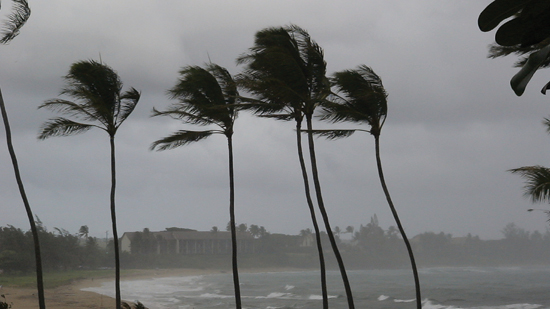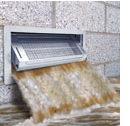Designing for Extreme Environments
Learning Objectives:
- Identify and recognize the characteristics of resiliency in building design and the role that government, organizations, and design professionals play.
- Investigate the design issues related to creating buildings that can bounce back from extreme environmental conditions.
- Assess design strategies related to wind and rain resistance, sun control, thermal resistance, and flood control in buildings.
- Specify and design buildings that achieve higher degrees of resiliency through available products and systems.
Credits:
All buildings are subjected to the rigors of the natural environment wherever they are located. Some locations, though, have inherently more extreme conditions than others such as coastal and desert locations that can be subjected to more wind, salt, or sun exposure than inland temperate regions. Further, some building sites are prone to known natural events such as earthquakes along the West Coast or hurricanes along the Southern Atlantic/Gulf of Mexico region. In recent years, all areas across the United States and elsewhere have seen an increase in severe environmental conditions and events that have been linked to measured climate changes. As architects and design professionals, we have always been called upon to create buildings that can respond to these environmental conditions such that they can reasonably resist the range of normal forces and conditions imposed. More significantly, there is a growing need for buildings to be designed so they can be resilient enough to survive a severe weather or environmental event so the building is still usable and can return to normal operations.
The Need for Design Resiliency
Realizing the need to address how buildings and communities respond to extreme weather, the term “resiliency” has become commonly adopted. It is a good term since it fundamentally refers to the ability of a building or community to recover or “bounce back” from a natural weather event such as a hurricane, flood, tornado, or similar severe conditions. In a broader sense, it can also be applied to the long-term ability of a building or community systems to function properly and well under ongoing conditions.
Role of the Federal Government
The federal government has recognized that the science of climate study has advanced significantly, leading to increased certainty that we are now seeing impacts associated with climate change (human induced or otherwise) in the United States. The accumulating evidence includes extended records of observed trends in temperature, precipitation, sea level, ice mass, and many other variables recorded by a variety of measuring systems and analyzed by independent research groups from around the world.

Photo courtesy of Simonton Windows & Doors
A noted increase in severe weather events and changing climate conditions has subjected new and existing buildings to greater environmental stresses that need to be addressed in design.
Notice

Photo courtesy of Grupo American Classic, Monterrey, Mexico
www.phifer.com

www.polyiso.org

www.Simonton.com

www.smartvent.com










